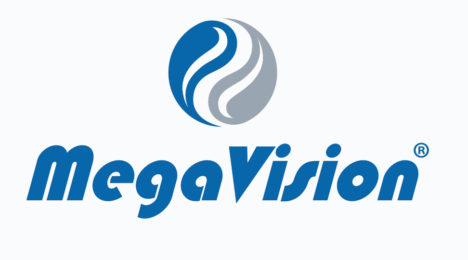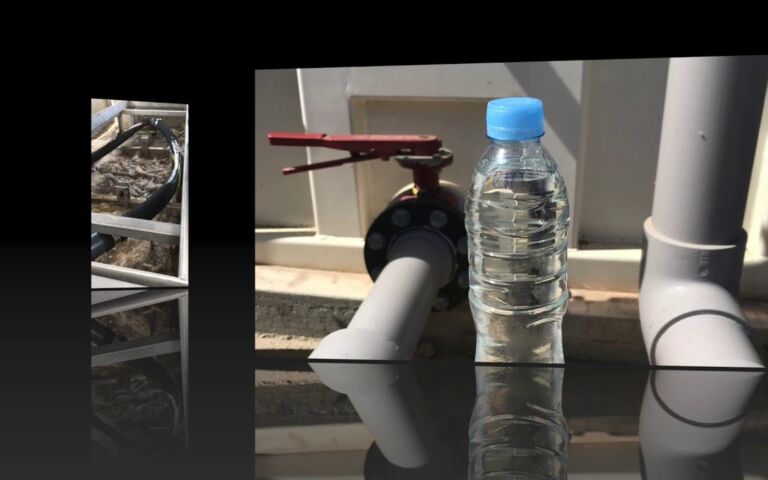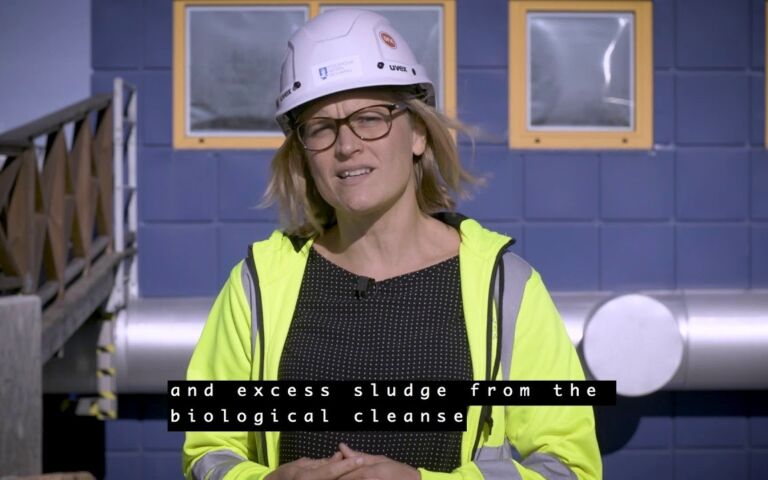MBR research trends − the cost of unoriginality


Simon Judd has over 35 years’ post-doctorate experience in all aspects of water and wastewater treatment technology, both in academic and industrial R&D. He has (co-)authored six book titles and over 200 peer-reviewed publications in water and wastewater treatment.
Sharp-eyed readers of this blog, and possibly those people whose lives are blighted by knowing me personally, may have received the impression that I am not a huge fan of MBR research publications based on fouling. It could be argued that there is far too much effort dedicated to this single area and, in an invited review published in Water Research (see References), there is at least some fuel provided for this particular fire.
If research into two leading membrane technology applications, namely wastewater treatment using MBRs (Fig. 1) and desalination of seawater with reverse osmosis (Fig. 2), is compared on the same basis, it's evident that the emphasis on different topics is quite significant.
The analysis reveals a marked difference in emphasis on, in particular, cost (and the related subject of energy) aspects between the two research areas; the focus on cost specifically is around 16 times greater for RO desalination of seawater than it is for MBR treatment of wastewater. Although some key MBR research areas where there is significant growth, such as anaerobic MBRs, have energy implications, this aspect is rarely the specific focus of the published research.
MBR research instead appears to be dominated by fouling and foulant characterisation, making up almost a quarter of all studies. This is despite evidence from practitioners that other process parameters are as important in determining MBR process OPEX and operability. The logic behind the study of fouling is that it impacts on energy, and thus cost. However, this does rather make the assumption that fouling reduces the flux. In fact, if fouling merely reduces the mean permeability while sustaining the flux − i.e. increasing the operational transmembrane pressure − then the impact of a 10% reduction in permeability on the energy consumption is less than 0.3% for either of the two processes.
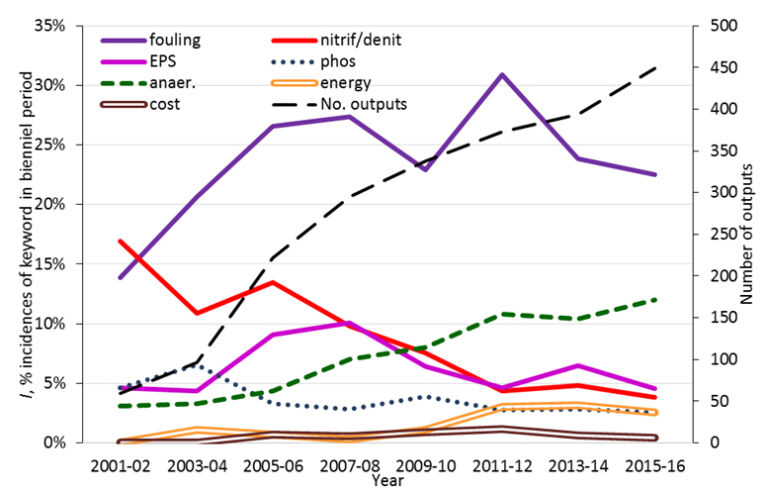
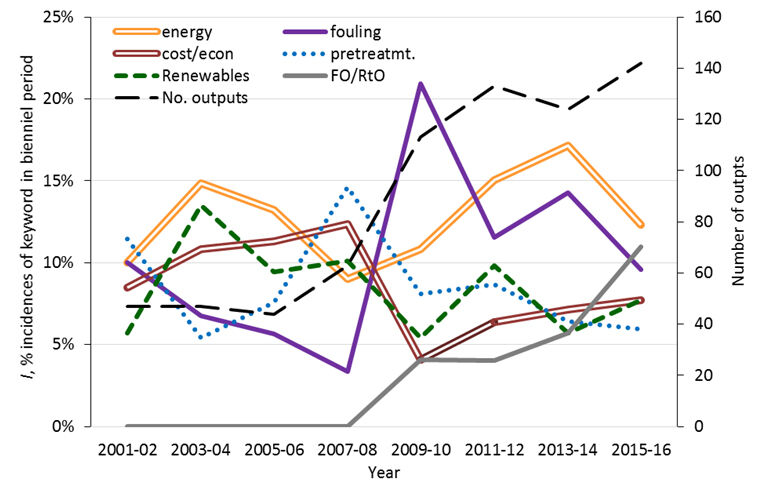
The methodology used for this comparison is based on bibliometric analysis of a scientific publication database (SCOPUS in this case) and can, of course, always be called into question. However, benchmarking against seawater desalination provides a stark reminder that there are one or two other subjects within the gamut of membrane technology besides the all-consuming one of membrane surface fouling, and that some of these perhaps warrant a little more than idle curiosity.




